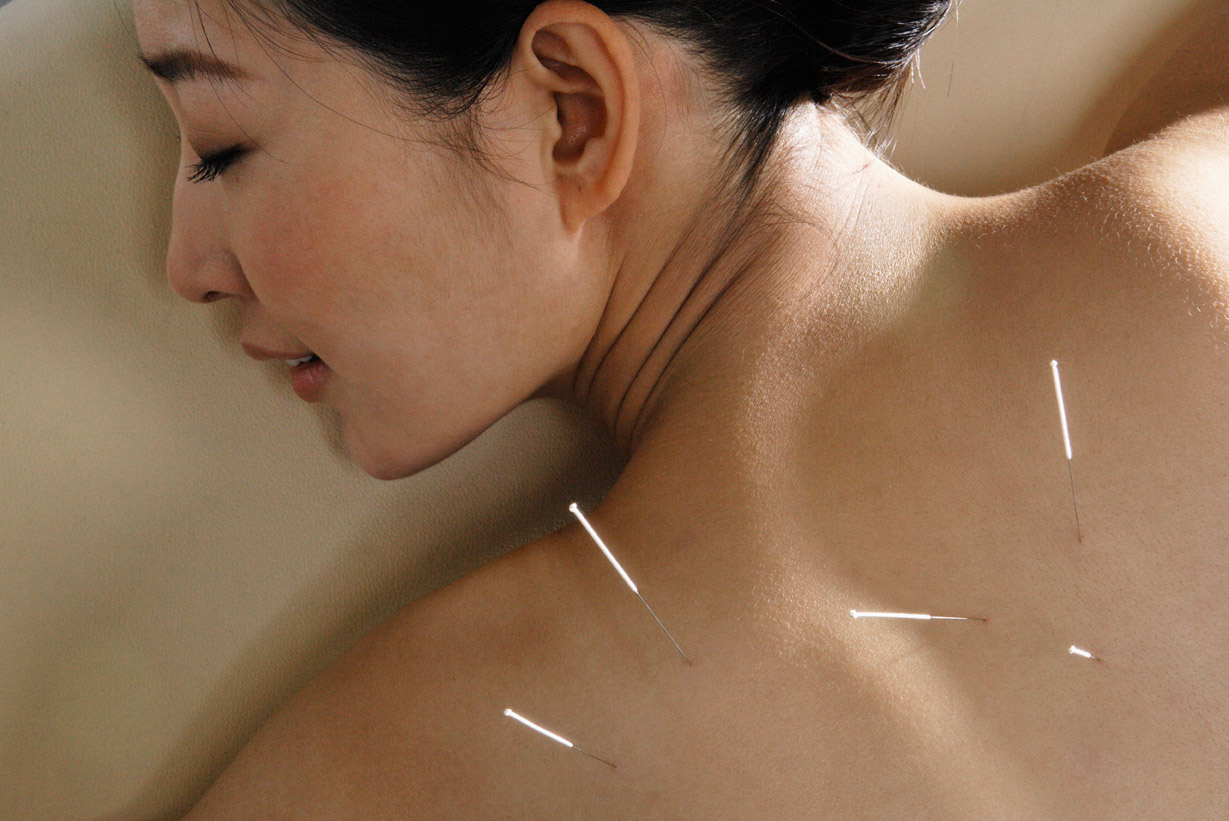Being in recovery from addiction is, in many ways, like being in recovery from diabetes, heart disease or other chronic health conditions. Your recovery requires a certain amount of care and attention. Common procedures like dental surgery or health complaints like back pain, while unpleasant for most, require extra precautions for those in recovery.
Chronic Pain and Addiction Treatment Methods
In response to surgeries, injuries or chronic pain, standard protocol for doctors is to write up a prescription for a narcotic pain reliever such as Vicodin, Percodan or OxyContin. Yet these highly addictive drugs can derail your hard-won recovery. Fortunately, there are a number of recovery-friendly pain relief alternatives.
Acupuncture
 Alternative approaches like acupuncture aren’t considered all that “alternative” anymore. Mainstream medicine has embraced acupuncture and other forms of complementary and alternative medicine (CAM), with some of the nation’s best drug rehabilitation programs offering acupuncture and other holistic therapies.
Alternative approaches like acupuncture aren’t considered all that “alternative” anymore. Mainstream medicine has embraced acupuncture and other forms of complementary and alternative medicine (CAM), with some of the nation’s best drug rehabilitation programs offering acupuncture and other holistic therapies.
According to the National Health Interview Survey, 3.1 million Americans reported using acupuncture in 2007 – the highest number ever reported. Acupuncture is often used in combination with other approaches as part of a broader pain relief strategy. Although it may not be effective for all types of pain, studies suggest that acupuncture is an effective pain reliever for many conditions, including sports injuries, back pain, fibromyalgia, chronic pain and arthritis.
Scientific research hasn’t proven the exact mechanism that makes acupuncture effective, but experts believe it may release pain-numbing chemicals in the body or block pain signals coming from the nervous system. As with other CAM treatments, there’s no harm in trying acupuncture. Even if it doesn’t work, there are minimal risks or side effects.
 Exercise
Exercise
When you’re in pain, the last thing you may want to do is exercise. But research shows that regular physical activity can boost energy, improve mood, build bone density, keep joints flexible, strengthen muscles and relieve chronic pain. Start with a short walk most days of the week and gradually increase the intensity with guidance from your doctor.
Chiropractic Care
Chiropractors use spinal manipulation and other approaches to align the body and enable it to heal without the need for medication or surgery. Roughly 22 million Americans visit chiropractors each year, mostly for back pain. Chiropractic care also can be beneficial for those suffering from neck pain, sports injuries, repetitive strains, arthritis and headaches.
Physical Therapy
For people struggling with arthritis, headaches, fibromyalgia and other chronic conditions, pain relief sometimes can be achieved through physical therapy. Physical therapists teach patients how to cope with pain on a daily basis by building up strength and endurance, improving range of motion, and enhancing flexibility in the muscles and joints. Sessions with a physical therapist may include stretching or strengthening exercises, massage, manual therapy, ultrasonography, iontophoresis, and/or low-impact aerobic conditioning.
Diet and Weight Management
Certain types of pain can be reduced by making healthy lifestyle changes. Limiting saturated fats and eating more fruits, vegetables and whole grains can boost the immune system and improve overall well-being. If you’re overweight, losing just a few pounds can reduce the load on your joints.
Supplements
Certain vitamins and dietary supplements have been reported to ease pain, though studies show mixed results. Examples include capsaicin, which is derived from chili peppers and may help with arthritis and diabetic nerve pain, and fish oil to reduce inflammation.
Talk with a specialist before beginning a supplement regimen. High doses of certain vitamins can thin the blood or result in nerve or organ damage, and even natural herbal remedies can interact with other medications in harmful ways. A number of drug rehabilitation programs offer nutraceutical therapy, or you can get recommendations from a nutritionist or registered dietitian.
Stress Management Techniques
Stress is a significant contributor to pain as well as a wide range of other emotional and physical ailments. According to the 2007 National Health Interview Survey, nearly 40 percent of participants reported using CAM in the past 12 months (most commonly meditation, massage and acupuncture). While not all stress management techniques are effective for all types of pain, studies show that CAM therapies alleviate pain, sometimes even more effectively than traditional approaches.
Some of the most effective stress management techniques include yoga, massage, meditation, tai chi, and biofeedback. Many of these services are offered at the best drug rehabs and can be continued with a local provider after completing treatment. Other strategies may include hypnosis, guided imagery and music therapy.
 Therapy
Therapy
If you’re struggling with chronic pain, studies show there’s a good chance you’re also battling depression. Left untreated, each condition can worsen the other so it is important to talk with a counselor to promote healing in both areas. Cognitive-behavioral therapy and support groups have proven particularly beneficial for stress reduction, anxiety, depression and other emotional issues that perpetuate pain.
Non-Addictive Medications
One non-addictive pain medication that works for certain people is neurontin, also known as gabapentin. Originally developed to control seizures in people with epilepsy, it has also been found to be effective for some types of chronic pain such as that caused by damage to nerves.
In many cases, pain can be treated with anti-inflammatory drugs such as prescription-strength ibuprofen (except chronic pain, since aspirin and ibuprofen can impair stomach and liver function over time). These non-habit-forming alternatives can at least serve as a starting point.
In general, physicians do not receive adequate training on substance abuse and addiction. You’ll need to become a strong advocate for your own recovery, refusing to take mind-altering substances whenever possible and working with a doctor who understands the special needs of patients in addiction recovery. Find a doctor who specializes in addiction (an “addictionologist”) and talk to them about whether non-addictive medications will be safe and effective in your particular situation.
If anti-inflammatory drugs aren’t sufficient and you’ve exhausted the alternatives, your doctor may be able to prescribe a painkiller that is less addictive and longer acting than those traditionally offered. If you end up taking some form of prescription painkiller, you will need to minimize the dose and length of drug therapy, intensify your involvement in a recovery support program, and work closely with your doctor to vigilantly monitor the course of treatment.
Being in recovery doesn’t mean that you have to be in pain. In fact, allowing pain to continue unabated slows the healing process, can lead to depression, anxiety and sleep disturbances, and is itself a significant risk factor for relapse. By avoiding addictive drugs whenever possible and exploring some of these alternative avenues of pain relief, you can manage your pain without jeopardizing your recovery.
We Can Help You Find Appropriate Programs for Your Needs
855-763-6488



